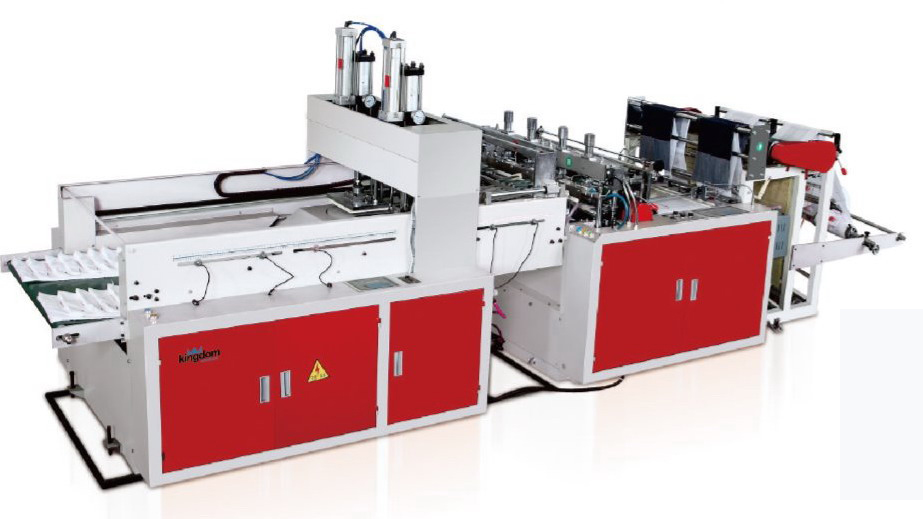The Art of MasteringThe Art of Mastering
The Ultimate Guide to Designing Productive Office Cubicles
Crafting an effective workspace is crucial for any company’s success, and office cubicles play a significant role in this by providing employees the necessary privacy to focus and the space to collaborate. Well-designed cubicles contribute significantly to enhancing productivity, boosting morale, and improving employee job satisfaction. This guide will explore how to design office cubicles to ensure comfort, productivity, and a positive work atmosphere.Click here for more helpful tips on these companies. Click here to learn more now!
Why Office Cubicle Design Matters
Office cubicle design is not only about aesthetics. The setup, ergonomic furniture, lighting, and sound control within cubicles profoundly influence workers’ productivity and comfort. A well-planned cubicle setup fosters concentration and ensures comfort, helping employees remain focused with fewer distractions. By aligning cubicle design with employee requirements, companies foster a more motivated and health-focused workforce.
While office cubicles might seem like basic dividers, their configuration should accommodate each employee’s tasks, roles, and teamwork necessities. Balancing the need for focused work with the need for teamwork is critical in designing office cubicles that maximize productivity.
Optimizing Space in Cubicle Designs
One of the key elements of cubicle design is making sure that space is used effectively. When cubicles are organized properly, workers have enough room to perform tasks comfortably without feeling crowded. Here are some important considerations for maximizing space efficiency in your office cubicles.
Plan the layout strategically to make the best use of the space, ensuring a balance of privacy and openness. Staggering the cubicle arrangement can help avoid a confined and isolated atmosphere. Provide flexibility by opting for modular cubicles that employees can adapt and adjust according to their work requirements. Utilize storage features like under-desk drawers and shelving to keep workspaces clutter-free, improving focus and concentration.
Prioritizing Comfort and Ergonomics
Comfort plays a significant role in fostering productivity. Ergonomic cubicle designs can reduce physical discomfort and help prevent health issues like improper posture or repetitive strain injuries.
Provide adjustable ergonomic chairs, keyboards, and monitor setups to reduce physical strain, allowing employees to maintain proper posture and avoid neck or back pain. Height-adjustable desks provide employees the flexibility to switch between sitting and standing, improving blood flow and reducing the health risks that come from sitting too long. Allow employees to personalize their workstations by adjusting desk heights, lighting, and seating to their preference, which can enhance comfort and reduce stress.View here for more info.You can read more now about this product here.
Lighting for Productivity
Proper lighting is critical in cubicle design and has a significant effect on employees’ performance. Inadequate lighting can lead to fatigue, headaches, and eye strain, diminishing productivity. Here are some ways to ensure your office cubicles are well-lit and conducive to productivity.
Place cubicles in areas that benefit from natural sunlight, which has been proven to elevate mood, boost energy, and increase focus. Equip cubicles with adjustable task lighting to give employees control over light intensity and reduce the dependence on overhead fluorescent lights. In spaces without natural light, use full-spectrum light bulbs that replicate sunlight to minimize eye strain and maintain alertness.This website has all you need to learn more about this company.

